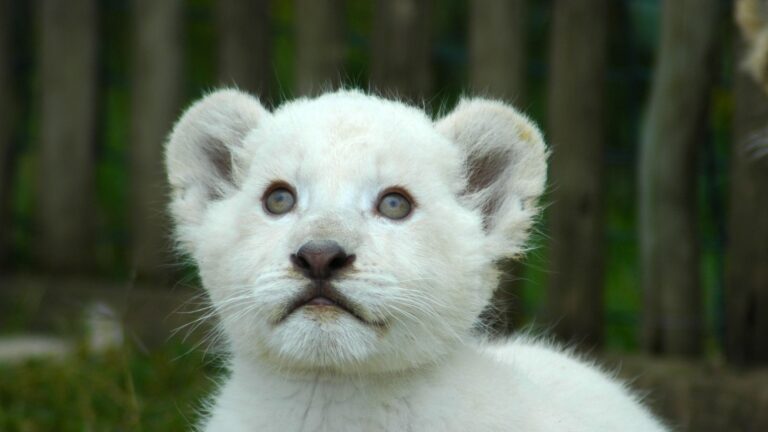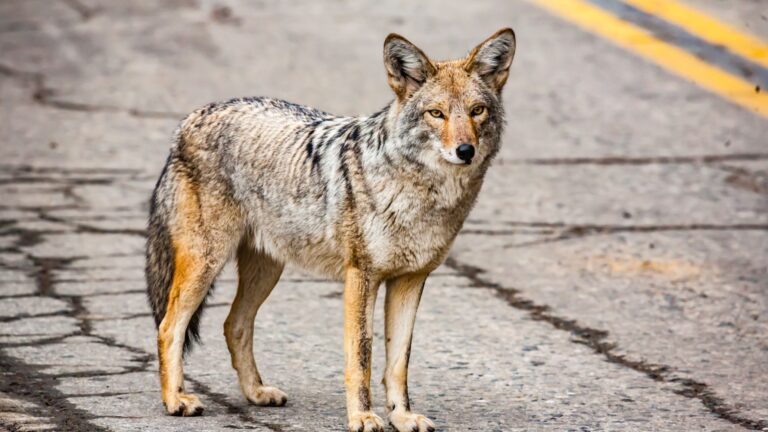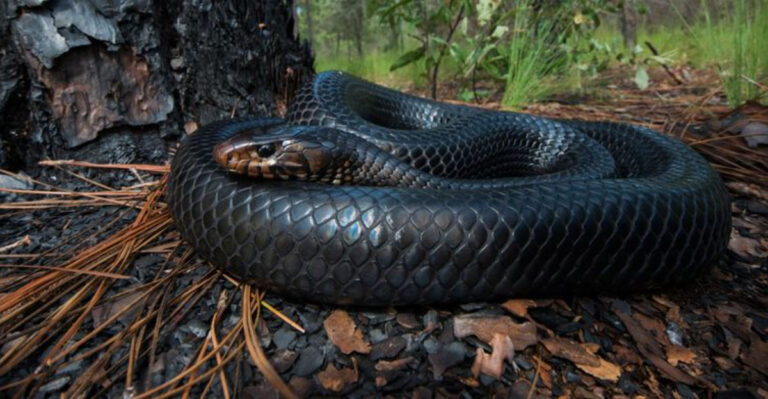13 Yellow-Colored Animals That Are Far More Dangerous Than They Look
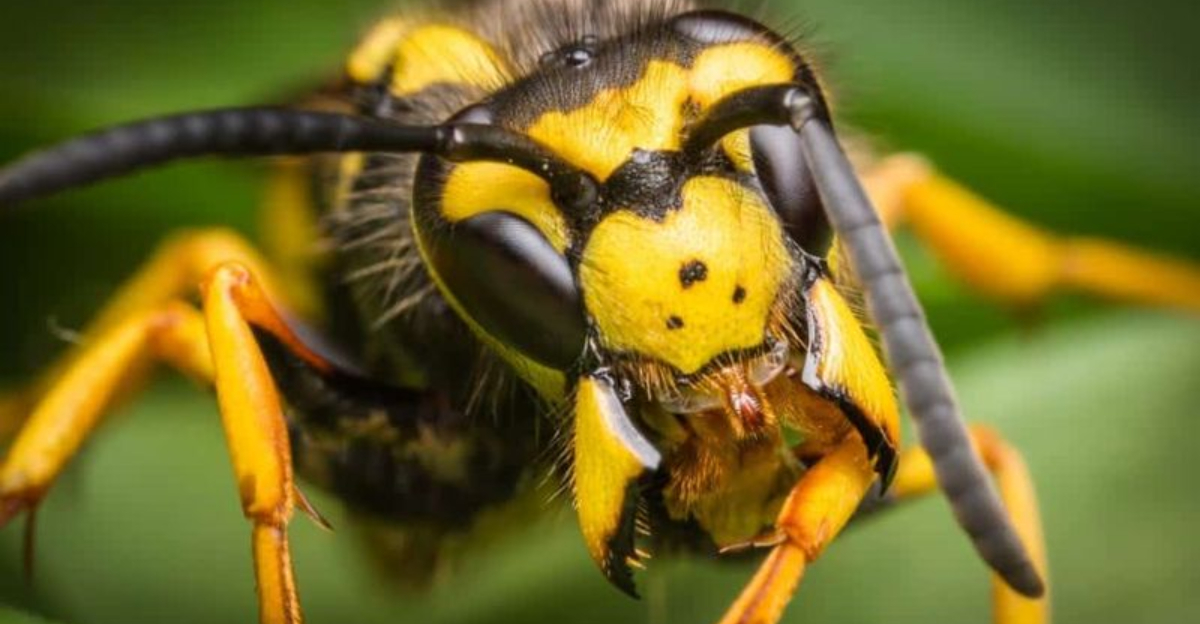
Yellow often signals caution in nature, but we rarely associate this cheerful color with deadly creatures. Behind their sunny exteriors, many yellow animals pack serious punch – from venomous stings to powerful jaws.
These deceptively beautiful creatures prove that in the animal kingdom, bright colors can serve as nature’s warning sign of hidden dangers.
1. Golden Poison Dart Frog
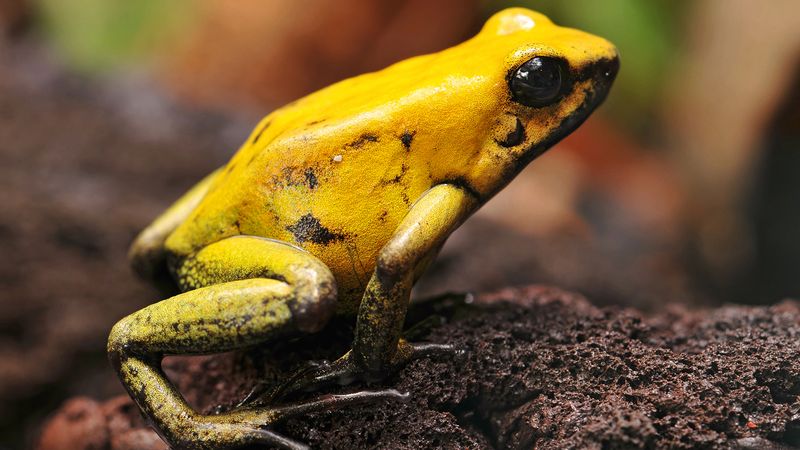
Tiny but lethal, this vibrant amphibian carries enough poison to kill 10 adult humans. Despite measuring just 2 inches long, it’s considered one of Earth’s most toxic creatures.
Indigenous to Colombia’s rainforests, its bright coloration warns predators to stay away. Scientists have studied its powerful toxin for potential medical applications, including pain management.
2. Yellow-Bellied Sea Snake
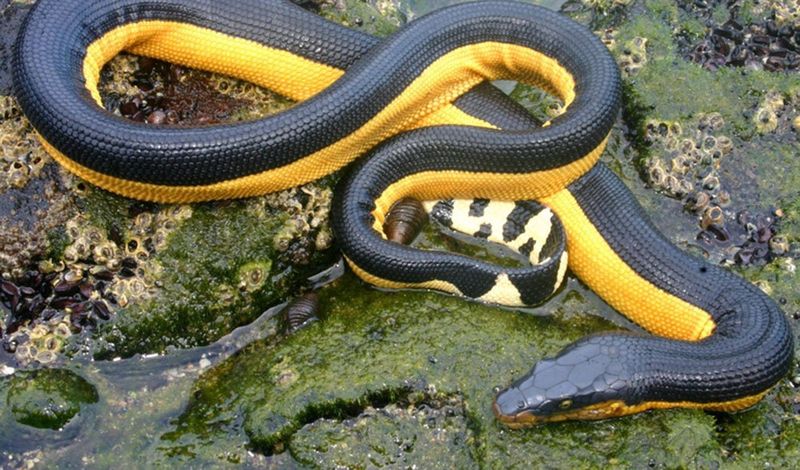
Slicing through tropical waters with its paddle-shaped tail, this marine reptile delivers venom more potent than many cobras. Its distinctive two-tone pattern features a yellow underside and brown-black top.
Rarely aggressive unless threatened, it can hold its breath for hours while hunting. Fishermen fear accidental encounters when hauling nets, as bites require immediate medical attention.
3. Asian Giant Hornet

Nicknamed ‘murder hornets,’ these flying terrors sport amber-yellow bodies and deliver excruciating stings. At two inches long with a three-inch wingspan, they’re the world’s largest hornets.
A single hornet can inject venom equivalent to a snakebite. Their mandibles easily decapitate honeybees, and they can destroy entire hives in hours. Multiple stings can cause kidney failure or death in humans.
4. Yellow Jacket Wasp
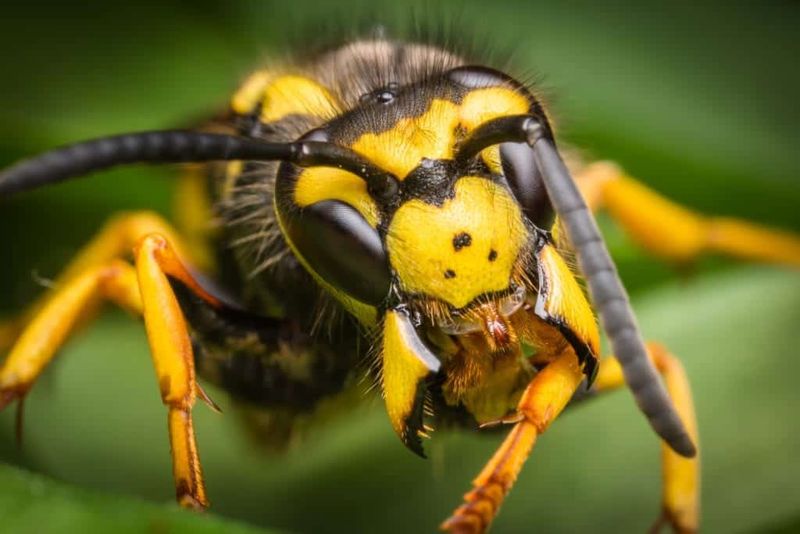
Don’t be fooled by their small size—these aggressive wasps attack in swarms without provocation. Unlike bees, yellow jackets can sting repeatedly, injecting venom that causes intense pain.
They build hidden nests in walls and underground cavities. Late summer brings heightened aggression as food sources dwindle. For those with allergies, a single sting can trigger life-threatening anaphylaxis requiring emergency intervention.
5. Yellow-Banded Poison Dart Frog

Sporting brilliant yellow bands across its black body, this Amazonian frog contains batrachotoxin—a nerve poison that prevents muscles from relaxing. Once contracted, the heart seizes, leading to rapid death.
Indigenous tribes historically extracted its toxins for hunting. Unlike its golden cousin, this species shows remarkable parental care, with males guarding eggs and carrying tadpoles to water. Its toxicity comes from consuming specific insects.
6. Yellow-Lipped Sea Krait
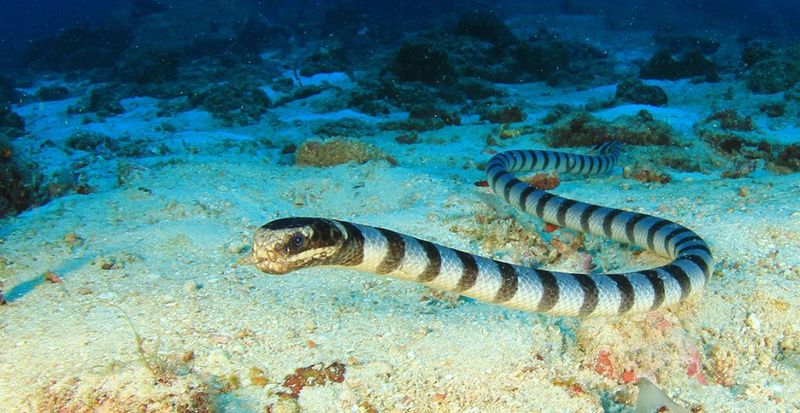
Graceful swimmers with alternating black bands and yellow lips, these sea snakes have venom 10 times stronger than a rattlesnake’s. They hunt in coral reefs throughout the Indo-Pacific region.
Despite their deadly bite, they’re surprisingly docile toward humans. They must surface to breathe, making beaches dangerous when they come ashore to rest or lay eggs. Their neurotoxic venom causes paralysis within hours.
7. Banana Spider
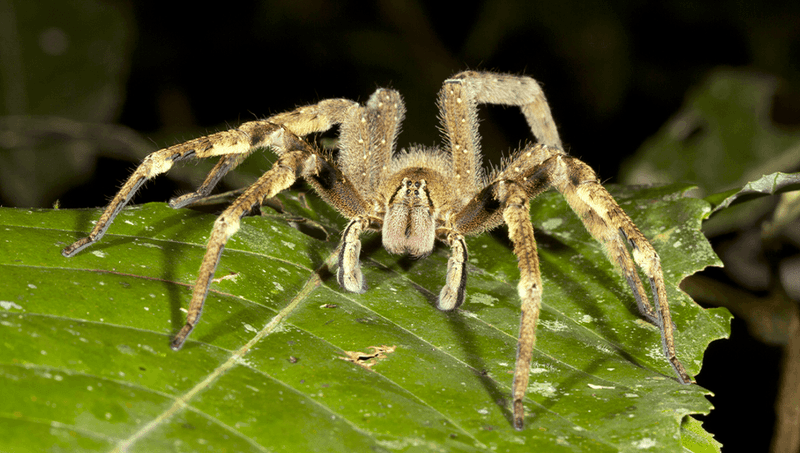
Brazilian wandering spiders—nicknamed banana spiders for hiding in fruit shipments—pack the most neurologically active venom of any spider. Their golden-yellow legs span up to 6 inches across.
Their bite causes intense pain, breathing problems, and in males, painful priapism (prolonged erections). Found throughout South America, these aggressive hunters don’t build webs but actively stalk prey at night. Anti-venom must be administered quickly after bites.
8. Yellow-Bellied Taipan
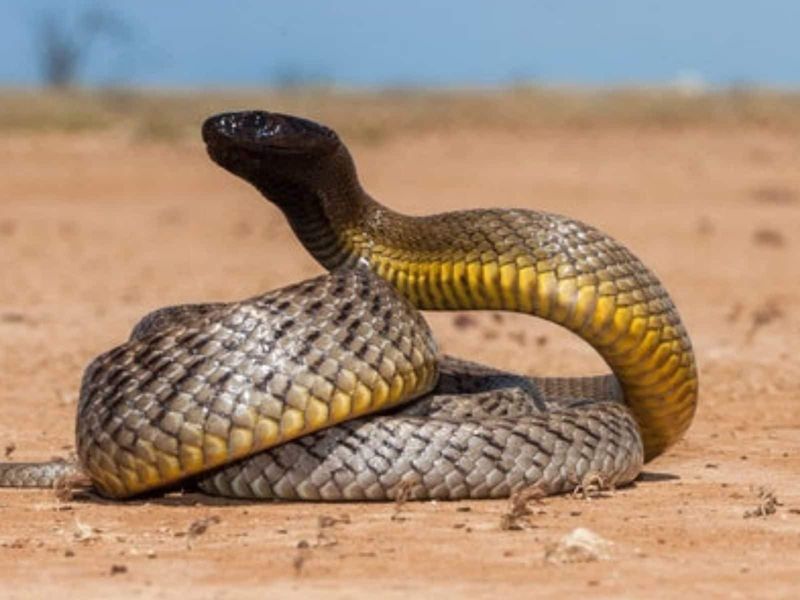
Australia’s deadliest snake slithers through grasslands with its cream-yellow underside barely visible. One bite delivers enough venom to kill 100 adults, causing blood to become unable to clot.
Lightning-fast and highly nervous, they strike with precision when cornered. Their neurotoxic venom causes paralysis and internal bleeding within hours. Despite their deadly reputation, they typically flee from humans unless surprised or threatened.
9. Box Jellyfish
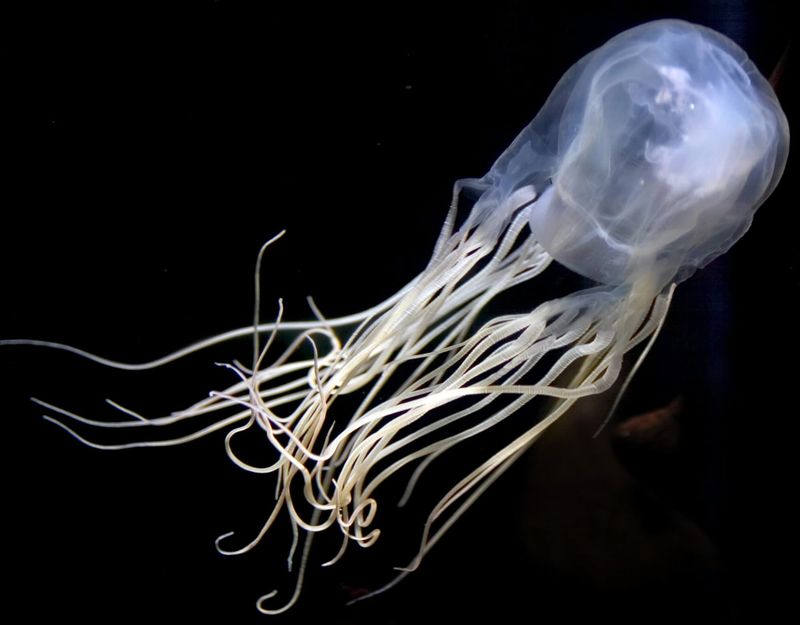
Nearly transparent with yellowish tentacles, the box jellyfish ranks among Earth’s deadliest creatures. Its venom attacks the heart, nervous system, and skin cells simultaneously.
Swimming at speeds up to 4 mph, these predators actively hunt small fish. Their tentacles contain millions of microscopic cnidocysts that inject venom on contact. Victims can go into cardiac arrest within minutes, making them responsible for more deaths than sharks and crocodiles combined.
10. Golden Lancehead Viper
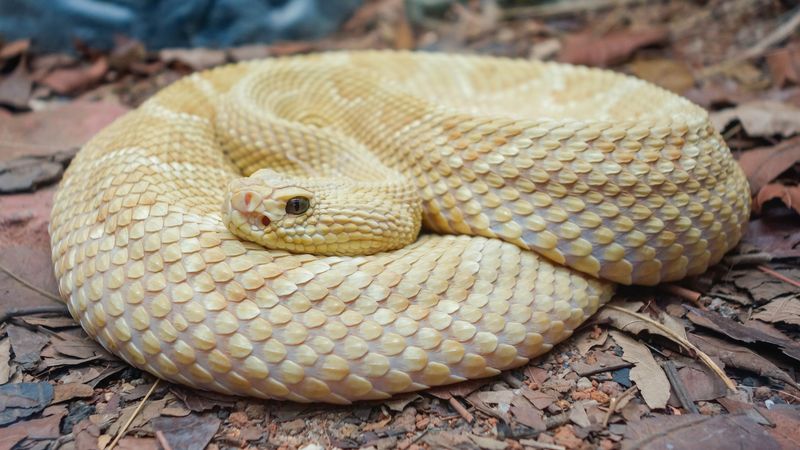
Marooned on Brazil’s Snake Island, these golden-hued vipers evolved venom five times stronger than mainland relatives. Their hemotoxic bite liquefies tissue internally, causing massive hemorrhaging.
Exceptionally accurate strikers, they target birds in mid-flight. Their isolation created a concentrated population—one snake per square meter in some areas. The Brazilian navy forbids visitors, as no antivenom exists specifically for their unique toxin.
11. Yellow Fat-Tailed Scorpion

Glowing eerily under ultraviolet light, this North African scorpion packs neurotoxic venom that causes excruciating pain, fever, and convulsions. Its distinctive fat tail contains the venom glands and stinger.
Desert-adapted, it hides under rocks during scorching days. Children and elderly victims face the highest mortality rates without treatment. Despite its deadly reputation, researchers have isolated compounds from its venom that show promise for treating brain tumors.
12. Yellow-Banded Coral Snake

Vibrant yellow bands alternate with black and red rings on this elusive rainforest serpent. Despite its small size and rear fangs, its venom causes respiratory paralysis within hours.
Native to South American jungles, these shy snakes spend most time underground. Their bright coloration inspired the warning rhyme: “Red touch yellow, kill a fellow.” Unlike vipers, they don’t strike but chew venom into prey—making human bites rare but extremely serious.
13. Golden Lion Tamarin

Surprising entry? These endangered primates with flowing golden manes harbor deadly bacteria in their mouths from consuming toxic insects. Their bite can cause severe infections in humans.
Native to Brazil’s Atlantic Forest, they appear adorably harmless. Their specialized diet includes poisonous frogs and insects, making their saliva toxic. Conservation efforts rarely mention this danger, focusing instead on their critically endangered status and importance to forest ecosystems.

